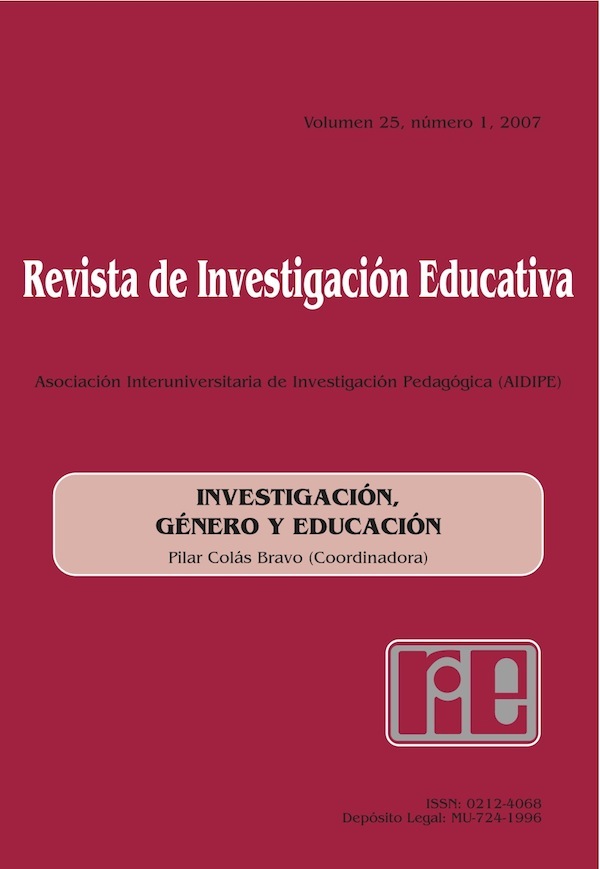Resultados de la investigación "Publicidad y Sexismo: La mirada crítica del alumnado universitario"
Abstract
<!-- /* Style Definitions */ p.MsoNormal, li.MsoNormal, div.MsoNormal {mso-style-parent:""; margin:0cm; margin-bottom:.0001pt; mso-pagination:widow-orphan; font-size:12.0pt; font-family:"Times New Roman"; mso-fareast-font-family:"Times New Roman";} @page Section1 {size:595.3pt 841.9pt; margin:70.85pt 3.0cm 70.85pt 3.0cm; mso-header-margin:35.4pt; mso-footer-margin:35.4pt; mso-paper-source:0;} div.Section1 {page:Section1;} -->This work is the result of two researches finances by the Institut Català de les Dones (Woman catalan Institute) developed by GREDI/DONA Group from 2002 to 2003, focused on the identification of sexist bias at the advertising and at the mass media. The conclusions obtained with these researches allowed to confirm need to prepare didactic equipment for helping young people to develop their critical judgment and sensitize them towards the gender fairness. The aim of the research developed in 2005 has been creating and validating a formative maodule for the university students. The fight for a peer society require, among other measures, drawing up pedagogical materials that help young peple to identifiy the sexist stereotype manifested at the advertising practises, sensitizing them to the gender fairness in such a current and critical subject as the intervention of the mass media in the social dynamics.
Downloads
-
Abstract427
-
PDF (Español (España))386
The articles and scientific documents published in RIE abide the following conditions:
1. The Servicio de Publicaciones de la Universidad de Murcia (the publisher) has the property rights (copyright) of all the documents published and allows the reuse under the user’s license indicated in point 2.
2. All documents are published in the digital edition of RIE under a Creative Commons Reconocimiento-NoComercial-SinObraDerivada 4.0 Internacional. (legal document) license. These documents can be copied, used, distributed, communicated and explained publicly if: i) the author(s) and its original source of publishing (magazine, publisher and URL of the document) are cited; ii) it is not used for commercial purpose; iii) the existence and the specifications about this license are mentioned.
3. Auto-archive’s conditions. The authors are allowed and encouraged to digitally distribute the pre-print versions (a version before evaluation) and/or post-print (a version that it is already evaluated and accepted to its publication). This promotes circulation and distribution earlier and can increase the citations and significance within the academic community.









